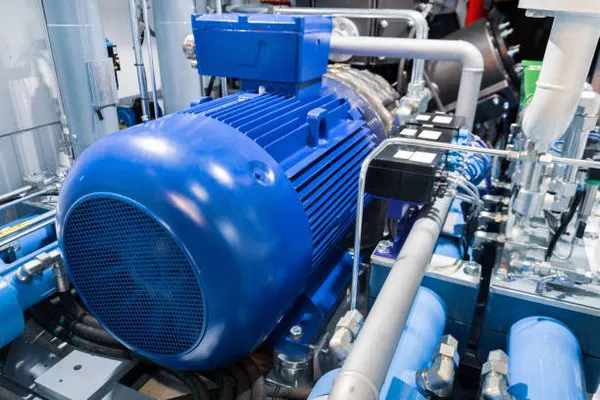Compressors are indispensable components in various industrial, commercial, and residential applications, playing a pivotal role in transforming energy and managing air and gas systems. These versatile devices come in a variety of types, each designed for specific purposes and applications. In this article, we will delve into the intricacies of different types of compressors, exploring their functionalities, advantages, and applications.
Reciprocating Compressors:
One of the oldest and most widely used types of compressors, reciprocating compressors, operate on the principle of positive displacement. These compressors utilize a piston within a cylinder to compress air or gas. As the piston moves downward, it creates a vacuum, drawing in the air, and then compresses it as it moves upward. Reciprocating compressors are known for their durability, high efficiency, and suitability for a wide range of applications, including refrigeration, industrial processes, and natural gas compression.
Rotary Screw Compressors:
Rotary screw compressors are another popular positive displacement type, featuring a pair of intermeshing helical rotors to compress air. These compressors are widely used in applications requiring continuous, high-volume air supply, such as industrial manufacturing, automotive, and power generation. Rotary screw compressors offer a smooth and pulsation-free air flow, making them ideal for operations that demand a constant and reliable source of compressed air.
Centrifugal Compressors:
In contrast to positive displacement compressors, centrifugal compressors operate on dynamic compression principles. These compressors use a high-speed impeller to accelerate air or gas, converting kinetic energy into potential energy. The diffuser then slows down and further compresses the air. Centrifugal compressors are recognized for their ability to handle large volumes of air at high flow rates, making them suitable for applications such as air conditioning, refrigeration, and various industrial processes.
Axial Compressors:
Axial compressors are commonly found in aircraft engines and gas turbines, where a continuous flow of air is essential for optimal performance. These compressors consist of multiple rows of axial blades, which accelerate and compress the air in a linear fashion. Axial compressors are known for their high efficiency and suitability for applications requiring a compact and lightweight design, making them integral in aviation and power generation industries.
Scroll Compressors:
Scroll compressors are a type of positive displacement compressor that employs spiral-shaped scrolls to compress air. One scroll remains stationary, while the other orbits, creating a series of crescent-shaped pockets that trap and compress the air. These compressors are known for their smooth and quiet operation, making them ideal for applications such as air conditioning and refrigeration units in residential and commercial settings.
Diaphragm Compressors:
Diaphragm compressors utilize a flexible diaphragm to compress air or gas. As the diaphragm moves back and forth, it alternately expands and contracts the compression chamber, resulting in the compression of the air or gas. Diaphragm compressors are often chosen for applications requiring contamination-free and oil-free compression, such as in the pharmaceutical and food industries.
Dynamic Displacement Compressors:
Dynamic displacement compressors combine elements of both positive displacement and dynamic compression principles. One such example is the rotary vane compressor, where vanes mounted on a rotor move in and out of a housing to compress air. These compressors offer a balance between efficiency and flexibility, finding applications in various industries, including automotive, pneumatic tools, and air suspension systems.
See Also How Much To Replace Ac Compressor In Car
Conclusion:
In conclusion, the world of compressors is diverse and dynamic, with each type serving specific purposes across various industries. Whether it’s the robust reciprocating compressor, the continuous-flow centrifugal compressor, or the compact scroll compressor, understanding the different types of compressors is crucial for selecting the right equipment for a given application. As technology continues to advance, innovations in compressor design and efficiency are likely to shape the future of these essential devices, further enhancing their performance and applicability across diverse sectors.

